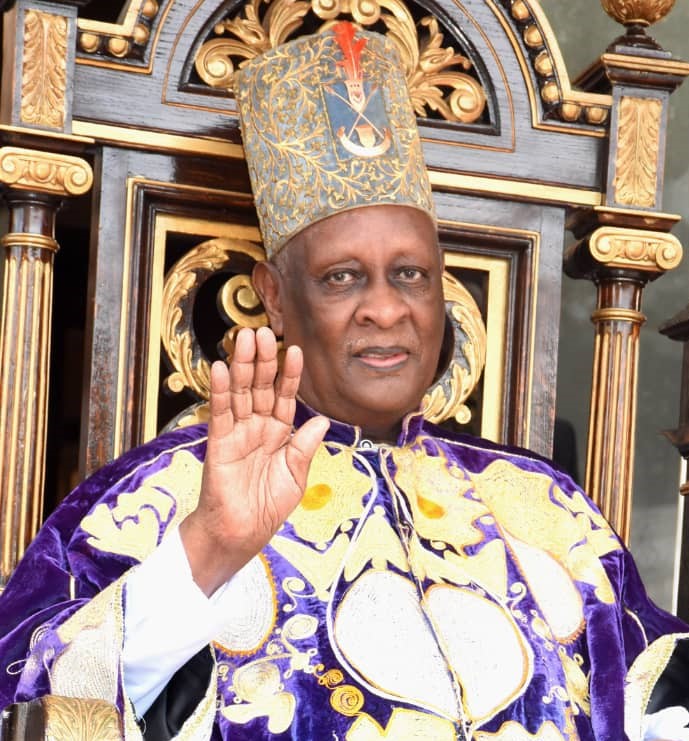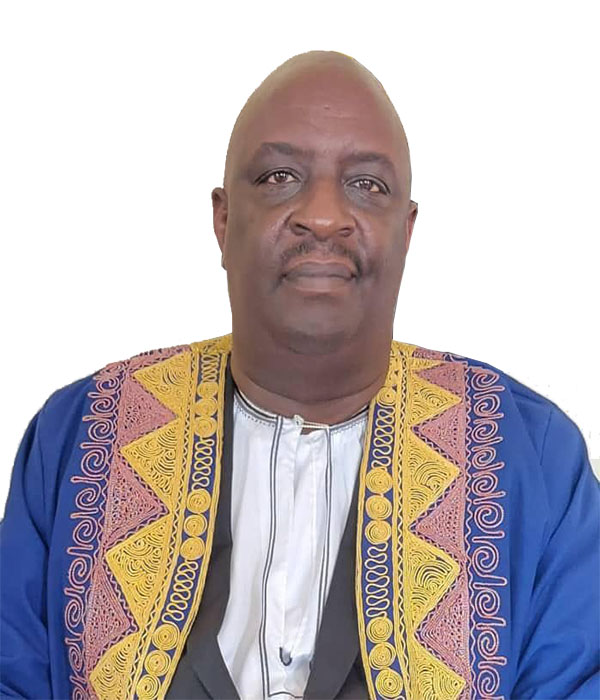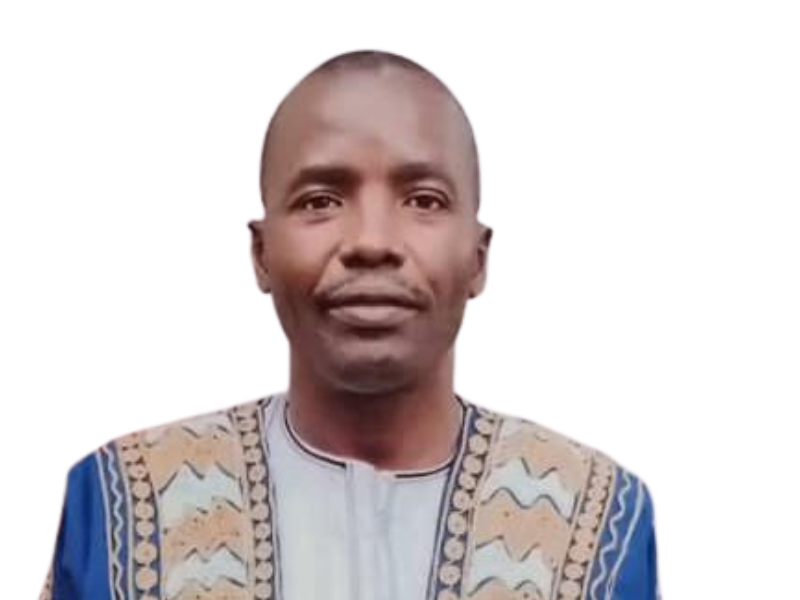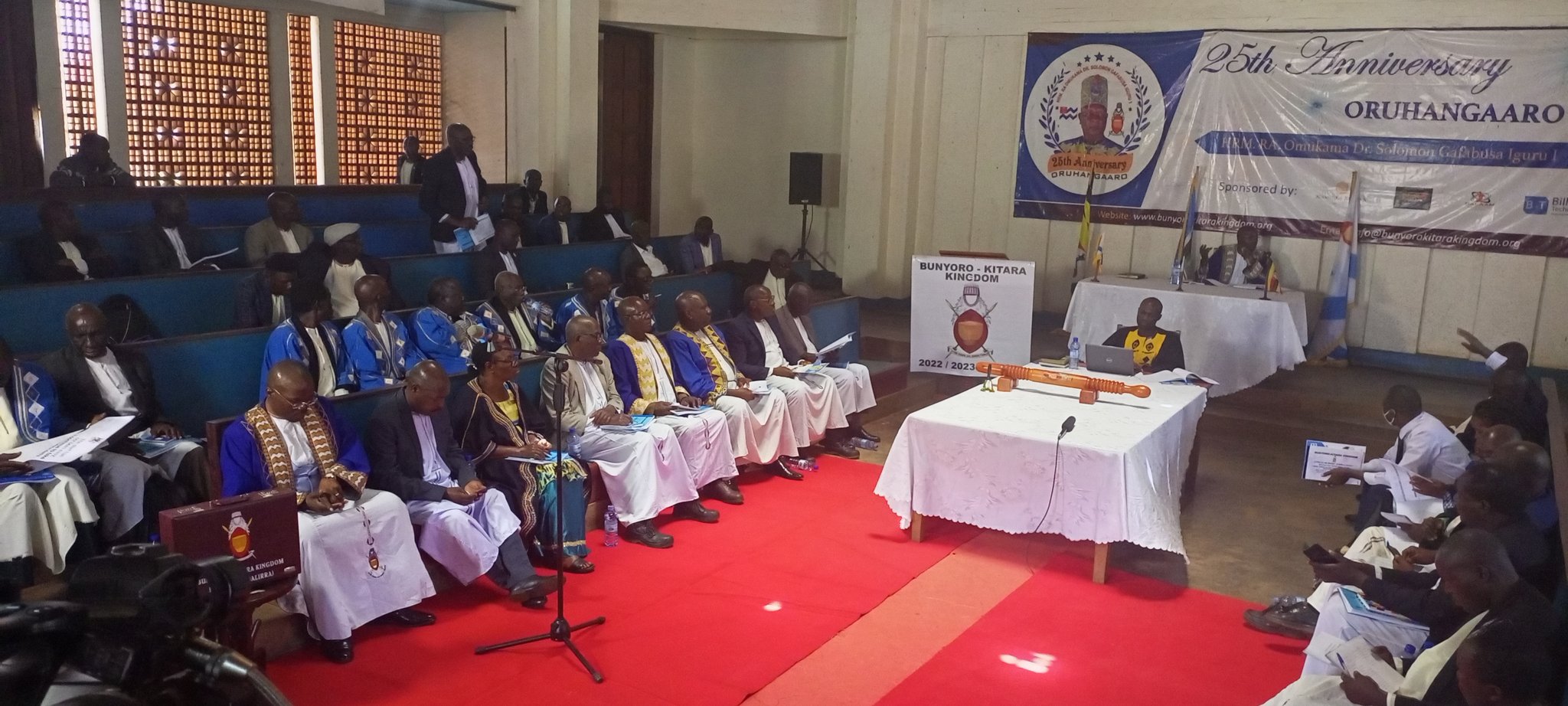- November 4, 2021
- Posted by: Communications
- Categories: General, Latest News
No Comments

On 4th November 1964, electorates in Buyaga and Bugangaizi overwhelmingly voted in favour of returning to Bunyoro-Kitara Kingdom. The two counties along with 5 others had been rewarded to Buganda by the British in 1900 following the defeat of our hero Omukama Kabalega who had resisted imperialism.
There are many social-economic and political changes that have occurred in the two counties but there are also things that have remained unchanged to date.
The 1964 referendum broke the Kabaka UPC-Yekka alliance resulted into the abolition of cultural institutions in 1967, created a fertile ground for Amin Dada to overthrow the Government and plunge Uganda into a crisis until 1993 when the NRM Government restored cultural institutions.
Owek, Francis Mugerwa Amooti, a Communication Manager of Bunyoro-Kitara Kingdom and a multiple award-winning Journalist reviews the 1964 referendum and some key historical facts.
BACKGROUND:
As Uganda prepared for independence, it was agreed at the Constitutional Conference in London in 1962 that “after not less than two years, the National Assembly shall decide on the date for a referendum – in which the people of the counties will say whether they prefer to be in Buganda or Bunyoro, or remain under the Central Government.”
Much as this was clearly spelt out in the Constitution, the leadership of Buganda initially did not believe that the referendum would be held.
The November 1964 referendum was held to decide whether the Counties of Buyaga and Bugangaizi should continue to be part of the Buganda Kingdom, be transferred back to the Bunyoro-Kitara Kingdom, or be established as a separate district.
The electorate, consisting of the residents of the two counties at the time of independence, voted overwhelmingly to be returned to Bunyoro.
It should be recalled that in 1893–4, the British invaded Bunyoro-Kitara Kingdom in an effort to secure and expand the nascent Uganda Protectorate, which initially included solely the Kingdom of Buganda.
Col Colvile promised all lands south of the River Kafu to Buganda in return for their support, and following the conflict the relevant counties were duly transferred as promised, with the transfer recognised in the Buganda Agreement (1900) where Bunyoro did not participate or consent.
The potential for conflict between the two Kingdoms was therefore still a considerable cause for concern in the run up to independence amid considerable violence.
In 1961 the Uganda Relationships Commission, under the leadership of the Earl of Munster, was tasked with looking into the issue. It proposed that a referendum should be held in three counties namely, Buyaga and Bugangaizi and a third county of Bunyoro’s choice.
Britain and Buganda had imagined that the referendum would disapprove Bunyoro’s genuine claims since population figures appeared to be against Bunyoro.
In the talks leading up to Ugandan Constitutional Conference of September and October 1961, Bunyoro favoured a referendum in all its counties that were annexed to Buganda while Buganda preferred a referendum in none.
Bunyoro only agreed to participate in the Conference if the ‘lost counties’ issue was on the agenda; and when the British Colonial Secretary Ian Macleod suggested that the proposed referendum could not proceed given the lack of Buganda’s support, and instead proposed the establishment of a further Commission of Privy Councillors, Bunyoro’s delegates walked out in protest.
On 15 October 1961, the Parliament of Bunyoro passed a resolution to the effect that from midnight on 18 October they would simply treat the lost counties as though they had reverted to Bunyoro.
The Commission, under the leadership of Lord Molson, arrived in Uganda on 8 January 1962 and reported to the British government in March 1962.
The final report favoured the transfer of two of the lost counties to Bunyoro, in exchange for Bunyoro dropping its claim on the remaining counties; it did not favour holding a referendum for fear of further violence.
Without any sign of agreement between the Kingdoms Bunyoro and Buganda, the terms of the final settlement were dictated by the new British Colonial Secretary Reginald Maudling and set out in the conclusions of the Uganda Independence Conference held at Marlborough House in June 1962.
As finalised in the resultant Uganda (Independence) Order, it was resolved that a referendum would be held in Buyaga and Bugangaizi counties only. Bunyoro protested the decision.
The holding of a referendum was confirmed through the introduction of a Bill by the ruling Uganda People’s Congress party (UPC) in August 1964. The Referendum (Buyaga and Bugangaizi) Bill set a date of 4 November 1964.
The bill restricted the eligible voters to only those citizens living in the counties at the point of independence. This angered Buganda which had spent 1963 and early 1964 embarking on an expensive resettlement scheme (the Ndaiga Scheme) to bolster the number of Baganda living in Buyaga.
The introduction of the Bill coincided with the formal dissolution of the UPC’s alliance with the Kabaka Yekka (KY) Party. The then Kabaka Sir Edward Mutesa II, had been elected by the Parliament of Uganda as President of Uganda. He refused to sign the Bill. Alternative arrangements were therefore made for the Prime Minister, Milton Obote, to sign the Bill into law.
The referendum went ahead on 4 November 1964 as planned. The two counties were divided into 72 polling stations.
2,253 voters in Bugangaizi voted in favour of remaining in Buganda while 3,275 voted in favour of going back to Bunyoro, with 62 voters preferred the formation of a new district.
In Buyaga 1,289 wanted to stay in Buganda while 8,327 preferred going back to Bunyoro while 50 voted for the creation of a new district.
The Constitution of Uganda (Third Amendment) Bill was introduced to the Parliament of Uganda to give effect to the result, with the Kabaka again refusing to sign it in January 1965. Again, it had to be signed into law by Obote.
The aftermath
As Bunyoro celebrated its victory, in Buganda the loss was greeted with widespread riots. The Katikkiro of Buganda, Michael Kintu, was threatened with death on allegations that he had betrayed Buganda and sold them to Bunyoro and the central government.
The discontent in Buganda and within the Mengo establishment was not restricted to the loss alone, but also on how the £30,000 was spent on the Ndaiga project to secure the two counties.
As tempers flared, a kingdom official issued a statement saying the two counties were still part of Buganda as the kingdom did not recognise the Act under which the referendum had been held, and it even had a pending appeal in the Privy Council in London.
However, Mulindwa Nsi Eribetya a Lukiiko member representing Makerere, accused Katikkiro Kintu of feeding the Baganda with lies.
People such as Kabali Masembe, a kingdom official at the time, sided with the people in demanding for the resignation of the Katikkiro and his entire cabinet. Four days after Bunyoro’s victory, Kintu and his team bowed to the pressure and resigned.
The resignation statement read by justice minister E. D. Lubowa stated: “The cabinet has realised the seriousness of the matter and has decided to resign.”
Obote’s response
After the referendum, Milton Obote as the executive minister addressed parliament on November 6, 1964 in full support of the process and outcomes of the referendum.
About the 1966 crisis
On May 24, 1966, government soldiers, commanded by Idi Amin, marched on the Buganda Kingdom palace at Mengo.
The attack, ostensibly carried out on the orders of Apollo Milton Obote, saw treasures and royal regalia of Buganda Kingdom reduced to ashes.
The soldiers were also accused of killing thousands of defenceless civilians, carrying out lootings, rapes and torture.
Scores of kingdom royalists and loyalists were arrested and jailed without trial as Obote, using recently-acquired executive powers of the presidency, declared a state-of-emergency in Buganda.
As smoke rose over the Lubiri Palace, so did hatred for Obote among the Baganda.
As Bunyoro commemorates the day when the two counties were returned, many challenges and opportunities have unfolded.
Wait for part 2 of the article analyzing the crisis and unfolding changes in the two counties.
Article pieced up by Hon. Francis Mugerwa Amooti, the Communications Manager, Bunyoro-Kitara Kingdom-0772853757



